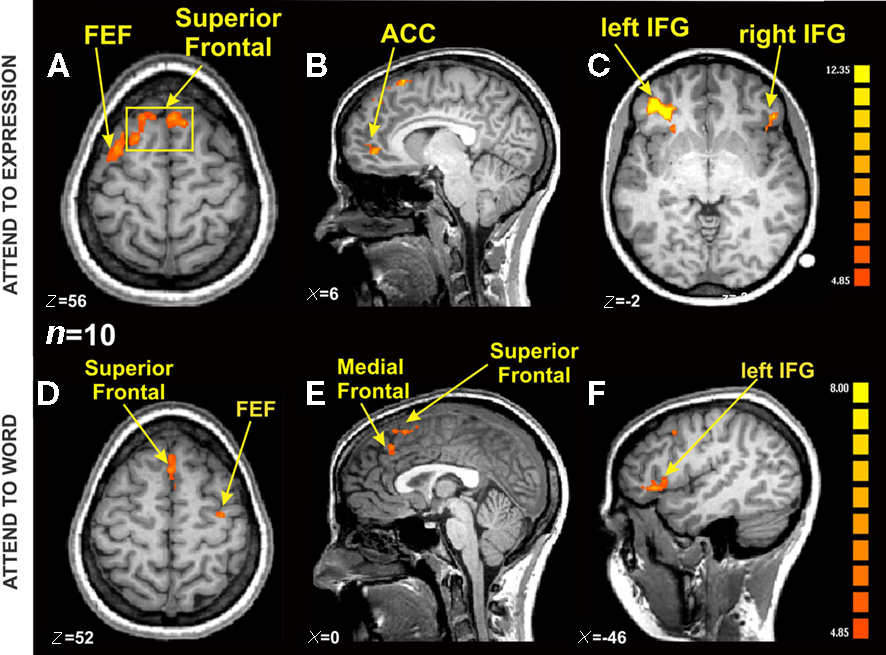Why the Best Strategic Thinkers Are Both Rational and Emotional
This is one of our free-to-access content pieces. To gain access to all Ideas for Leaders content please Log In Here or if you are not already a Subscriber then Subscribe Here.

The brain, through the magic of fMRIs (neuroimaging procedures), tells the true story of how the best strategic thinkers think: they deactivate their rational, linear prefrontal cortex, and activate the older, intuitive-sensing parts of the brain that triggers emotions and social awareness — the same parts of the brain on which creative artists draw their inspiration. Move over, Porter. Make room for Picasso.
Michael Porter gave us a process for strategy development. It was a very cognitive process (i.e., using conscious mental activities such as thinking, understanding, learning, remembering) that followed prescribed steps: gather the right data, avoid biases, and choose activities that differentiate the firm from competitors.
There is one problem with the cognitive development of strategy: it doesn’t seem to work. Many carefully thought-out (and often expensive) strategic plans end up as SPOTS (Strategic Plans On The Shelf). Granted, issues with implementation of the strategic plan might be undermining some of the strategies.
Researchers using advances in neuroscience, however, point to a much more fundamental problem with corporate strategizing: thinking through a strategy is not good enough; you also have to feel it. More specifically, Porter-based strategic development ignores the vital emotional and social factors that not only ensure a more effective strategy, but also one that is more compelling and engaging, thus reinforcing the likelihood of successful implementation.
Functional MRI technology (better known as fMRI), which enables neuroscientists to watch the brain at work as it moves through various functions, offers evidence of the importance of the social/emotional input into strategic development. A team of researchers led by Roderick Gilkey of the Goizueta Business School at Emory University conducted a pilot study of 16 executives that watched which part of the brain the most effective strategist thinkers used.
The fMRI scanning revealed an unexpected story. The researchers had expected the ‘cognitive’ prefrontal cortex to be the most activated part of the brain during strategic thinking. According to the fMRIs, however, only the less-adept strategic thinkers showed consistent activation of the prefrontal cortex. For the more proficient strategic thinkers, the prefrontal cortex was relatively deactivated, while the limbic areas of the brain, such as the insula and the superior temporal sulcus (STS), were fully activated.
The insula is associated with sensing-intuition processes, as when we connect with our internal feelings and emotions. These are the older parts of our brain; psychoanalysts use the term ‘deep dive’ when describing the mental process of reaching down into these old, primordial parts of the brain. The most adept at this kind of deep dive are creative artists, whose art does not emerge from rational thinking, but from their emotions and core feelings.
The insula, working with other parts of the brain, also helps us plan for the future through focus and memory. The process is as follows: we develop the ideal future state, then internalize that vision as a ‘memory of the future’, which, like a memory of the past, guides our decisions as we plan for the achievement of our vision.
The superior temporal sulcus (STS) is the social-emotion part of the brain, that is, how we feel about others. The STS enables us to experience such emotions as trustworthiness, altruism and empathy, and even the desire to cooperate. Taken together the insula and STS activations reveal the emotional and social facet of strategic thinking: that is, how we feel about an idea, and how we think others will react to the idea.
The verdict is unequivocal: the consistently activated insula and STS reveal that the best strategic thinkers are emotionally intelligent.
Conventional wisdom on strategic thinking is biased towards the prefrontal cortex, with superior strategic thinking considered to be an exercise in cognitive processes. The problem is that the results of this superior strategic thinking often end up in binders on a shelf.
One of the mistakes that strategists make is to place emotions in a “soft,” non-rational category, as if they are not legitimate input into the planning process. However, emotions are not irrational. Emotions are logical, valuable data that should be included with cognitively based ideas. One explanation for the success of scenario planning, for example, is that it combines what can be concerned the two types of “reason”: cognition (factual knowledge) and emotions (sensing and intuition). When building scenarios, strategists extrapolate big data but also do the creative artist’s deep dive and feel the ideal future of your company. Strategic thinking, in short, requires the mental processes of both a Picasso and an Einstein… although Einstein himself said that the development of the Theory of Relativity had begun as a physical sensation.

Ideas for Leaders is a free-to-access site. If you enjoy our content and find it valuable, please consider subscribing to our Developing Leaders Quarterly publication, this presents academic, business and consultant perspectives on leadership issues in a beautifully produced, small volume delivered to your desk four times a year.

For the less than the price of a coffee a week you can read over 650 summaries of research that cost universities over $1 billion to produce.
Use our Ideas to:
Speak to us on how else you can leverage this content to benefit your organization. info@ideasforleaders.com